Arthritis can affect dogs of all ages, leading to pain and mobility issues if left untreated. Recognizing the early signs can help you take action sooner, improving your dog’s comfort and quality of life. Here are 10 signs to watch for.
Limping or Lameness
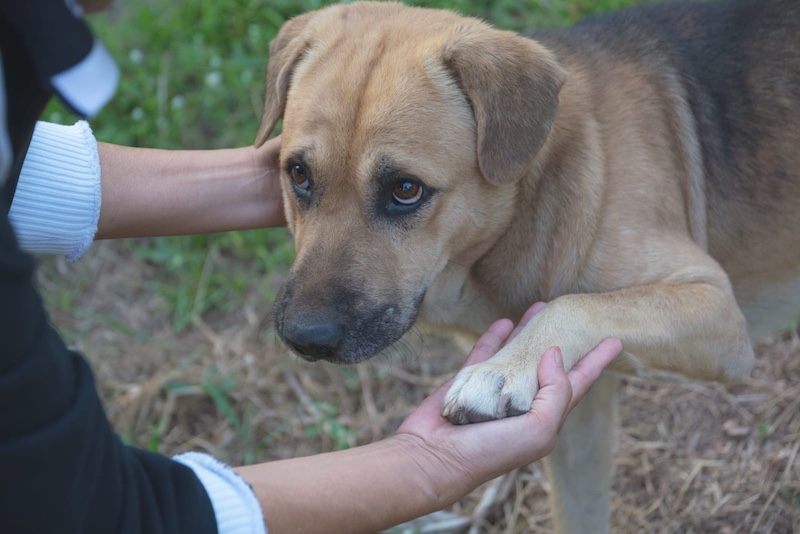
Dogs with arthritis often begin limping, especially after lying down or during colder weather. You may notice your dog favoring one leg or appearing hesitant to put weight on a specific paw. This subtle change can be an early indication of joint discomfort or inflammation.
Stiffness, Especially After Rest
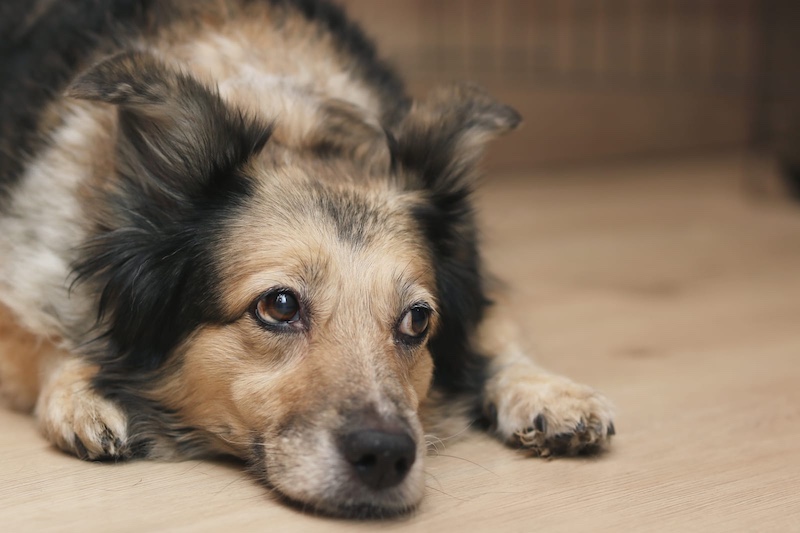
A dog that struggles to rise after sleeping or lying down may be experiencing joint stiffness. While this often improves with movement, the initial difficulty is a key sign of arthritis. Pay attention to how your dog moves first thing in the morning.
Reluctance to Exercise or Play

If your dog becomes less enthusiastic about walks, games, or physical activity, arthritis could be the reason. Joint pain makes movement uncomfortable, leading your dog to avoid activities they once enjoyed. This decline in activity can happen gradually, making it easy to overlook.
Difficulty Climbing Stairs or Jumping

Arthritic dogs may hesitate to climb stairs, jump into the car, or get onto the couch. These actions put pressure on sore joints, so dogs might try to avoid them. A sudden reluctance to perform routine movements should raise concern about joint health.
Behavioral Changes

Pain often affects behavior. Your once cheerful dog might become irritable, withdrawn, or even aggressive when touched near sore areas. These shifts in temperament are often the result of chronic discomfort and shouldn’t be dismissed as simply “old age” behavior.
Licking, Chewing, or Biting Joints
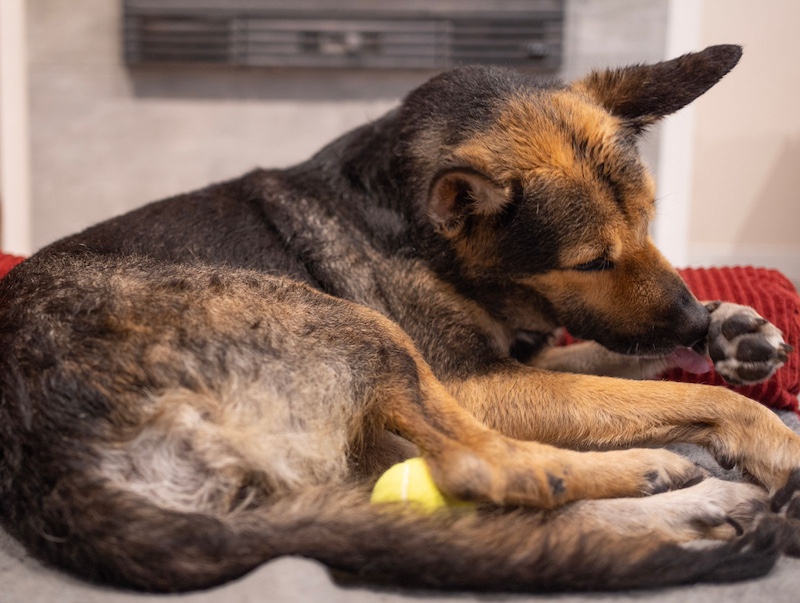
Dogs may instinctively lick, chew, or bite at joints that ache. This repetitive behavior is a common self-soothing method. Over time, the fur in those areas might thin or become stained. If your dog focuses on one spot, joint pain may be the cause.
Muscle Loss

When dogs avoid using painful limbs, the muscles surrounding those joints begin to weaken. This muscle loss, often visible in the hind legs, is known as atrophy. It can make mobility worse and is a clear sign that arthritis is affecting your dog’s movement.
Changes in Posture or Gait

A dog suffering from arthritis might walk with an altered gait, trying to reduce pressure on affected joints. You may notice a slower pace, awkward posture, or subtle limping. These changes in how your dog carries itself can be early indicators of joint problems.
Increased Sensitivity to Touch
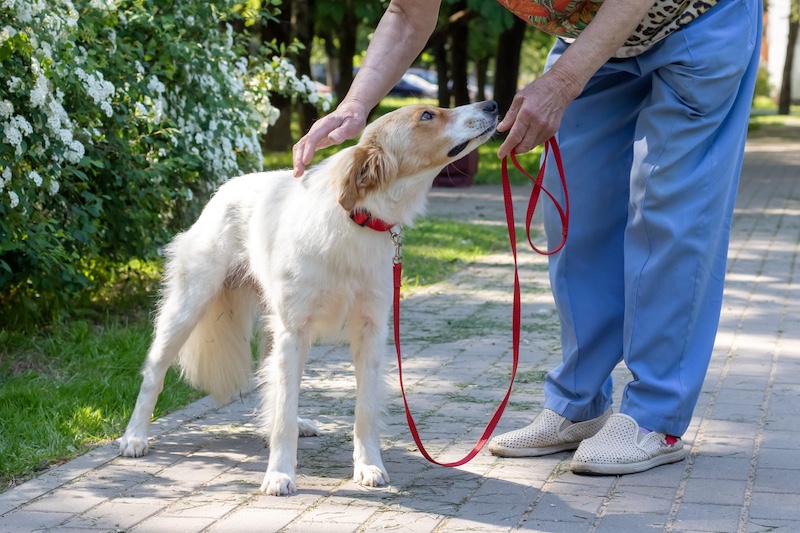
If your dog suddenly pulls away or reacts negatively when touched around certain joints, they may be in pain. Arthritis causes inflammation, making those areas tender. Increased sensitivity, especially in dogs that previously enjoyed being petted, often signals underlying discomfort.
House Soiling Accidents
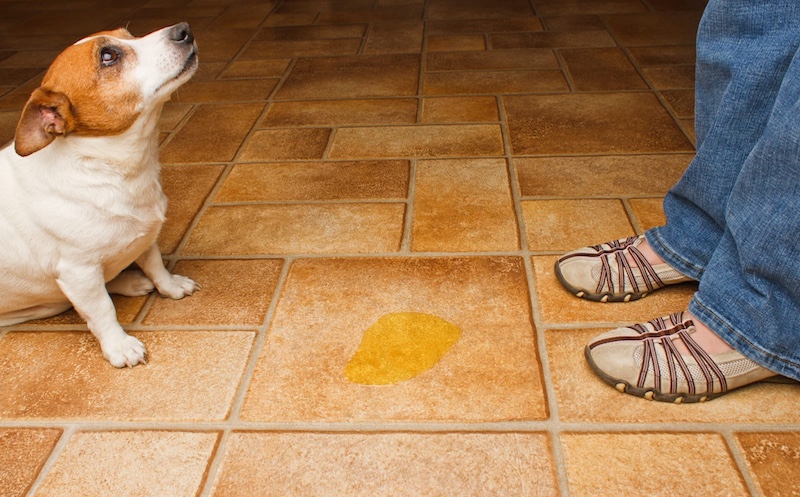
Accidents inside the house may be due to pain, not behavior issues. Dogs with arthritis may avoid squatting or walking outside because it hurts. If your house-trained dog starts having accidents, especially near exits, joint pain could be a contributing factor.
- Please Note: This content was created with the assistance of AI and thoroughly edited by a human before publishing.

